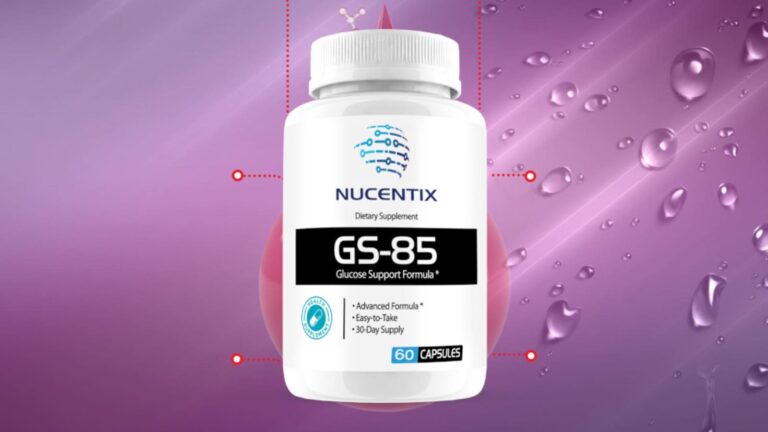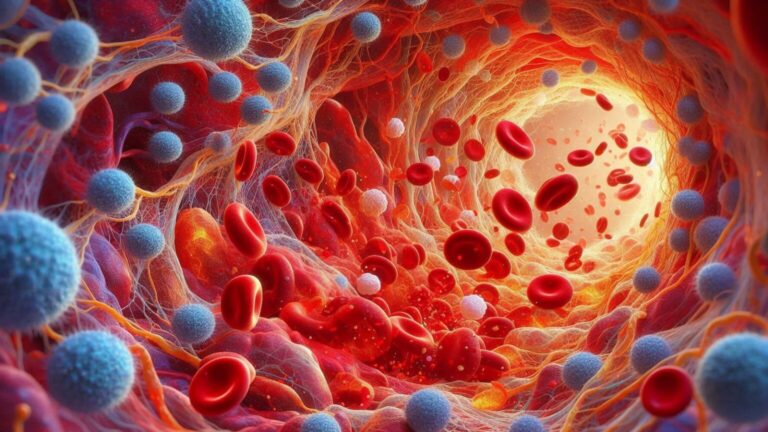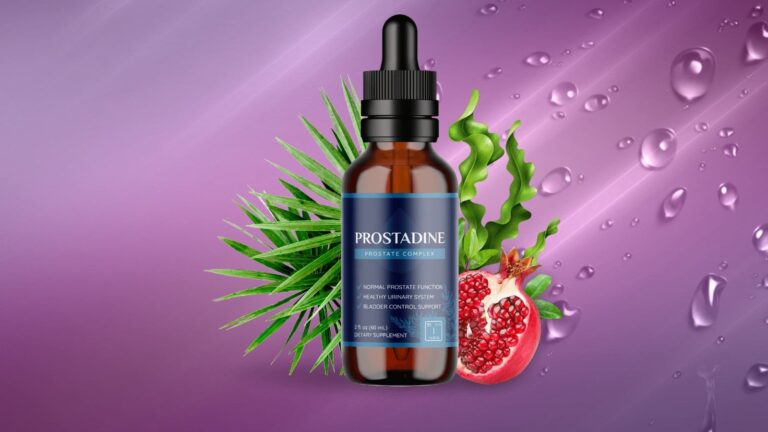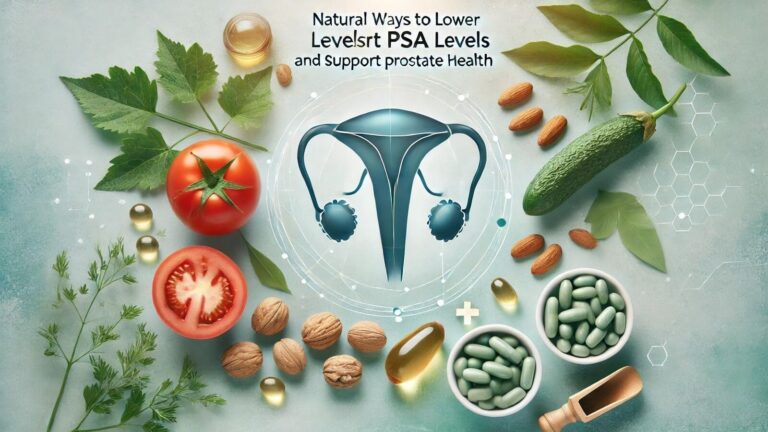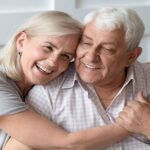
Can Diabetics Eat Bananas And Apples? “Yes”, diabetics can enjoy bananas and apples as part of a balanced diet. Both fruits offer essential nutrients and fiber. However, portion control is vital to manage blood sugar levels effectively.
Monitor your intake and consult with a healthcare professional for personalized guidance.
Bananas and apples are two of the most popular fruits around the world. Both are packed with essential vitamins, minerals, fiber and antioxidants that provide health benefits.
However, when you have diabetes, you may wonder if these fruits are good choices or if they will spike your blood sugar.
The key is moderation. Both bananas and apples do contain natural sugars and carbs that can impact blood sugar levels. But incorporating them into a healthy diet in reasonable portions can be safe for many diabetics.
Understanding how ripe bananas versus green ones affect blood glucose, as well as apples with skin or without, can better guide optimal fruit choices.
Understanding the Glycemic Index
The glycemic index is a scale that measures how much and how quickly a carbohydrate-containing food raises blood sugar levels. It ranges from 0 to 100, with higher numbers indicating foods that more rapidly raise blood glucose.
Knowing the glycemic index of foods is important for managing diabetes. Foods that make blood sugar rise quickly can increase the risk of hyperglycemia after meals. On the other hand, low glycemic foods may help control glucose levels.
When considering if bananas and apples are suitable choices, looking at their location on the glycemic index provides useful insights. In general, foods under 55 are considered low glycemic while 70 and above is high.
Moderately glycemic foods fall in the 56-69 range. Understanding where bananas and apples fall can better inform appropriate portion sizes.

Bananas: Nutrition and Blood Sugar Impact
Nutritional Profile
Bananas are packed with essential vitamins and minerals that make them a healthy fruit choice. Some of the main nutrients found in bananas include:
- Vitamin B6 – Supports nerve functioning and energy metabolism.
- Vitamin C – Boosts immunity and acts as an antioxidant.
- Potassium – Important for heart health, fluid balance and muscle contraction.
- Manganese – Aids in bone health and wound healing.
- Fiber – Improves digestion and heart health.
- Antioxidants – Protects cells from damage.
Additionally, bananas have a low calorie density, meaning they provide nutrients without a lot of calories.
Glycemic Index
The glycemic index of bananas ranges from 42-62, depending on ripeness level. When green and unripe, bananas fall at the lower end with a glycemic index of 42.
As they ripen and turn yellow, their glycemic index rises to about 60. Fully ripe and speckled brown bananas have the highest glycemic rating of 62.
Therefore, unripe green bananas tend to be a better choice for diabetics compared to very ripe ones. Their fiber and acid content helps slow down the digestion and absorption of sugars.
Effect on Blood Sugar
A medium-sized banana contains about 30 grams of digestible carbs, along with fiber and fruit sugars like sucrose, glucose and fructose. All these carbs can directly impact blood sugar levels.
As such, portion control is key for diabetics. Sticking to a small or half a regular banana can help keep blood glucose in the optimal range without spiking above target levels. Unripe greenish bananas also tend to have less of an effect compared to sweeter yellow ones.
Recommended Article: Tired of Agonizing Sciatica? – Say Goodbye to Misery in Just 5 Minutes
Apples: Nutrition and Blood Sugar Impact
Nutritional Profile
Apples are an extremely healthy fruit option known for their wealth of benefits. Some of the top nutrients found in apples include:
- Fiber – One small apple provides 4 grams of fiber, which is important for digestive and heart health. The skin contains much of the fiber.
- Vitamin C – A single apple provides 14% of the RDI for vitamin C, which boosts immunity.
- Antioxidants – Powerful antioxidants like quercetin and catechin promote cell health.
- Potassium – Important for fluid balance, nerve transmission and maintaining healthy blood pressure levels.
- Low calorie – One small apple contains just 95 calories, making it a slimming snack.
With a diverse range of vitamins, minerals and nutrients, apples offer health perks along with great flavor.
Carb Content
An average small apple weighing around 182 grams contains about 25 grams of total carbs. Out of this, 10 grams comes from fiber.
Therefore, the net digestible carb content of a small apple is approximately 15 grams. This carb amount can directly impact blood sugar levels.
Blood Sugar Effect
The fiber and antioxidant content of apples helps slow the absorption of sugar into the bloodstream after eating. This may prevent unhealthy spikes and crashes.
However, portion sizes still matters for diabetics. Consuming multiple large apples in one sitting can still overload on carbs that can harm blood glucose control.
Sticking to one small or half a large apple is recommended, along with accounting for the 15 grams of net carbs. Eating apples with protein or healthy fat can also help steady blood sugar response.
Can Diabetics Eat Bananas?
When eaten in moderation, bananas can be a safe and nutritious fruit option even for diabetic patients. However, certain factors should be considered:
Factors to Consider
- Ripeness – The riper and more speckled a banana becomes, the higher its glycemic index and impact on blood sugar. Unripe green bananas are preferable.
- Portion Sizes – Sticking to half or one small banana per serving helps control carb quantity.
- Personal Tolerance – How a banana affects blood sugar levels can vary by individual. Monitoring levels helps determine personal carb thresholds.
Also Read: New Gluco Savior “Sugar Hack” Secretly Reverses Diabetes
Moderation and Portion Control
The key for diabetics is consuming bananas in moderation. While bananas contain nutrient-dense vitamins and minerals, their carb tally can add up quickly in excess.
Sticking to about half a medium banana or one extra small banana is recommended per sitting. This provides enough nutrients without overdosing on fruit sugars and carbs that can spike blood glucose.
Ripe vs. Unripe Bananas
Unripe green bananas tend to have lower glycemic indexes in the 42-51 range while ripe bananas are around 60-62. This is because unripe bananas have less sugar content as starches that haven’t yet converted into sugars.
Additionally, green banana starch and pectin offer a gelling effect during digestion, slowing sugar absorption. So when choosing bananas, pick those that are more green than yellow or flecked.
Can Diabetics Eat Apples?
Yes, apples can be a nutritious addition to a diabetic diet when consumed in moderation. Here are some tips for incorporating apples:
Incorporating Apples
- Account for Carbs – A small apple contains 15 grams of digestible carbs. Keep this in mind with meal planning and carbs tally.
- Pair with Protein or Fat – Eating apples alongside protein sources like nuts or fatty foods like peanut butter helps control blood sugar spikes.
- Enjoy Skin On – The skin of apples contains blood-sugar friendly fiber. Leave peels intact when possible.
- Practice Portion Control – Stick to one small apple or half a large apple as a single serving size.
Fiber Content
The fiber content of apples is an advantage for diabetics. With 4 grams per small apple contributing to the 10 grams total fiber, apples can help slow the absorption of fruit sugars. This prevents a rapid spike in blood glucose levels.
Portion Sizes
When it comes to apples, portion control matters. While the fiber may buffer blood sugar to an extent, going overboard on apple consumption can override this benefit.
Sticking to single small apple rather than multiple large ones helps keep carb quantities under control. This prevents overloading on sugars that can disturb healthy blood glucose regulation.

Comparing Bananas and Apples for Diabetics
When deciding between bananas and apples, both can be smart choices depending on individual factors. Here is how they compare:
Glycemic Load
The glycemic load accounts for the portion size typically consumed alongside the food’s glycemic index rating. It is a more accurate indicator of real-world blood sugar impacts compared to GI alone.
Apples tend to have a lower glycemic load. A small apple with skin scores about 6 compared to bananas at 12 for half a medium fruit. This suggests apples may cause a slower, more moderate rise in blood sugar than bananas.
Recommended Article: Advanced Nerve Support – Life-Changing Neuropathy Formula
Which is Better?
Determining whether apples or bananas are the optimal pick depends on your dietary preferences and tolerance. Both contain carbs and sugars that impact blood glucose, with bananas providing more net carbs per serving.
Apples may provide better fiber and nutrients. Most diabetics can safely incorporate both into their meal plan in moderation, accounting for carb quantities at each meal.
The healthiest approach is enjoying a balanced variety of fresh fruits in sensible portions, including both apples and bananas. This ensures a diversity of vitamins, minerals and antioxidants. Monitor individual responses, and opt for slightly underripe bananas when possible.
FAQs
Here are answers to some common questions about bananas, apples and diabetes:
- Are bananas high in sugar?
Yes. Bananas contain about 12-15 grams of natural sugars per medium fruit. Opting for slightly green bananas can lower sugar content.
- How many bananas can a diabetic eat daily?
Most nutritionists recommend limiting bananas to about half or 1 small banana per day for diabetics, equaling 30 or less grams of net carbs.
- Do bananas raise blood sugar?
Yes, bananas impact blood glucose since they contain digestible carbs and sugars. Unripe bananas affect blood sugar levels less rapidly compared to sweeter ripe ones.
- Are apples good for diabetes?
Yes. Apples provide fiber and nutrients that help regulate blood sugar levels. Sticking to 1 small apple or less makes them a good choice.
- What’s the glycemic index of apples?
Apples have a glycemic index around 36, making them a low glycemic food.
- Can diabetics eat green apples?
Yes. Tart green apples actually lower on the GI scale, meaning less effect on blood sugar.
- Do apples spike insulin?
Apples have a mild effect on insulin compared to other fruit options. Focusing on small portions prevents blood sugar spikes.
- Should I avoid fruit with diabetes?
No. Fruit like apples and bananas provide important nutrients. Enjoying them in moderation has little effect on diabetes control for most.
Conclusion On “Can Diabetics Eat Bananas And Apples?”
Simple answer for “Can Diabetics Eat Bananas And Apples” – Incorporating nutritious fruits like bananas and apples can be an appropriate choice for many diabetics. The key is balancing portion sizes and carb counts to prevent excess sugar and difficulties managing blood glucose levels.
Both bananas and apples provide important vitamins, minerals and antioxidants that support overall health. Bananas offer greater quantities of items like vitamin B6 and potassium, while apples excel in fiber and low calorie density.
Keeping servings small and pairing these fruits with healthy fats or proteins can help stabilize blood sugar response.
Ultimately, most diabetics don’t need to strictly avoid all fruit as long as they are mindful of carb totals and plan well-balanced meals. Using a food diary to track individual tolerance levels after eating certain fruits can shed light on ideal portion sizes.
When choosing bananas, picking those still greenish or unripe can also help mitigate glycemic impact and sugar content.
For apples, leaving on the nutrient-dense skin and enjoying tart green varieties poses little problems for blood sugar control for most diabetics.
In moderation alongside a balanced diet and active lifestyle, both apples and bananas can be safe, nutritious additions. Keep a watchful eye on portion sizes, total daily carb intake, and blood sugar trends to best incorporate fruit.
References on Can Diabetics Eat Bananas And Apples
Here are reference article links related to diabetics eating bananas and apples:
- American Diabetes Association – “Fruit” https://www.diabetes.org/healthy-living/recipes-nutrition/eating-well/fruit
This article from the ADA provides guidelines on how diabetics can incorporate fruit, including bananas and apples, into their diets. It covers ideal portion sizes, pairing fruits with other foods, and choosing lower glycemic options.
- Healthline – “Can You Eat Bananas If You Have Diabetes?” https://www.healthline.com/health/diabetes/bananas-diabetes
This Healthline article goes in-depth on how bananas affect blood sugar and insulin sensitivity among diabetics. It analyzes the carbs, calories and nutrients in bananas and provides portion size guidance as well as tips for safe consumption.


